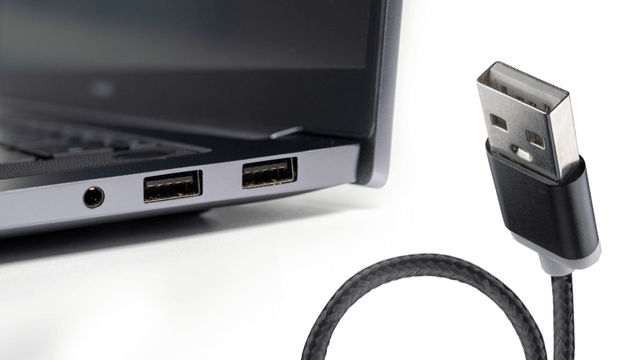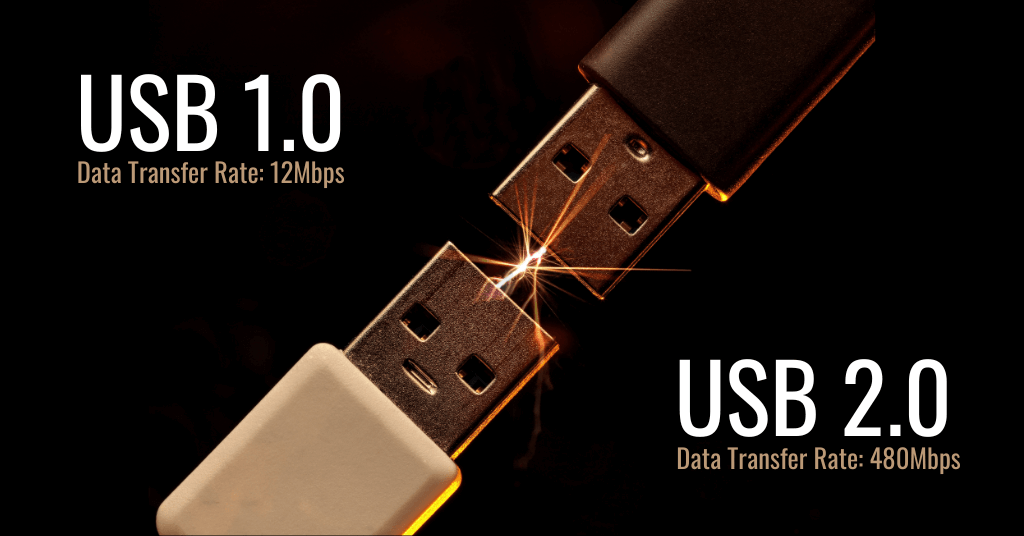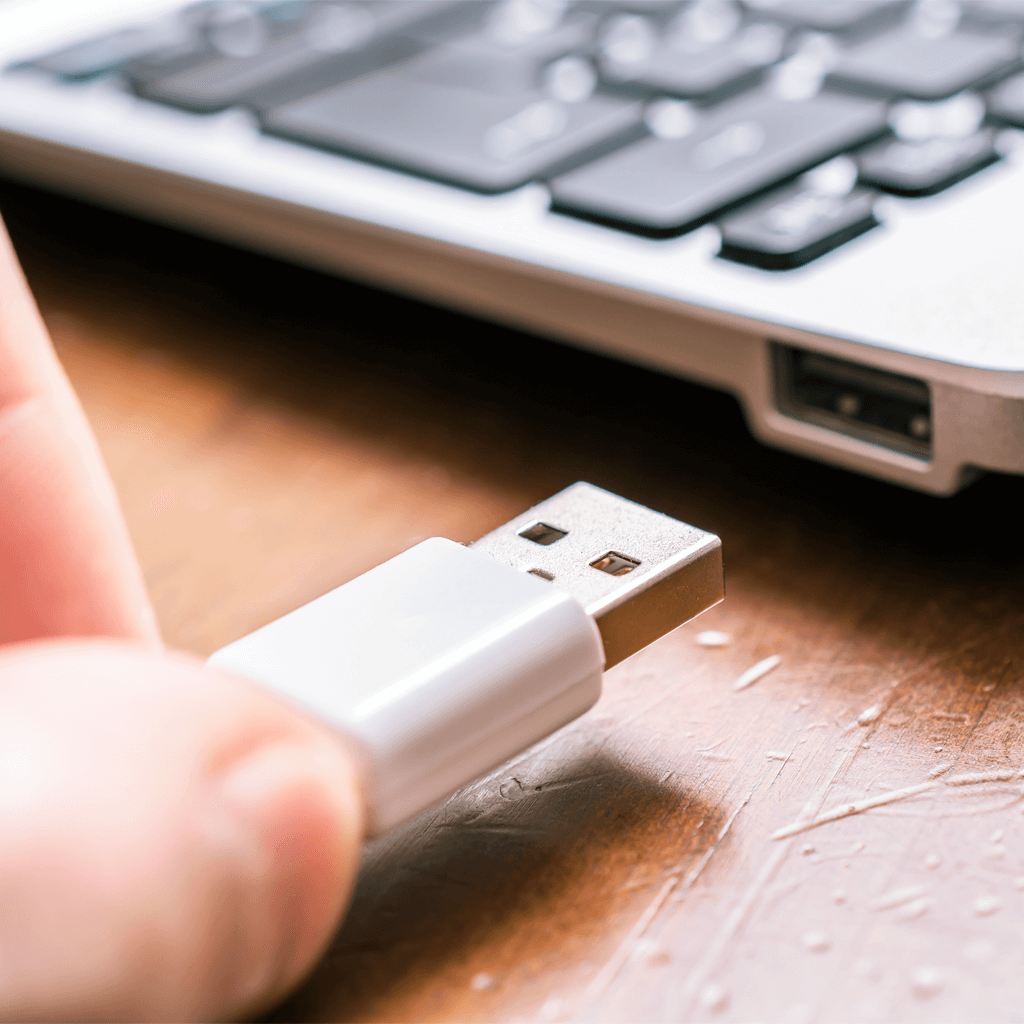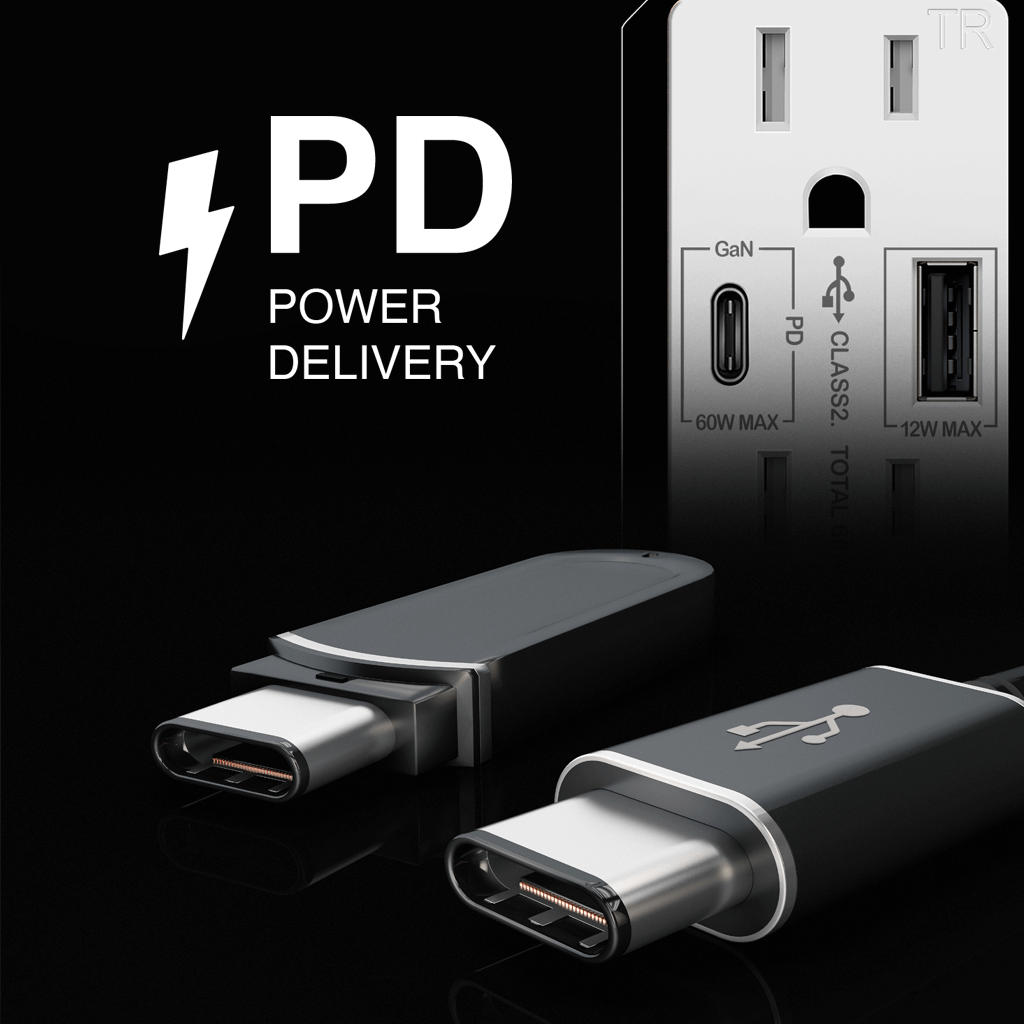The Evolution of USB Charging and the Role of Enerlites USB Receptacles

Digital innovation has brought forth numerous technologies that have transformed our daily lives. A pivotal player in this digital revolution is the Universal Serial Bus (USB). This technology has become the standard for data transfer and charging, almost fading into the background of our lives due to its ubiquity. In this blog post, we’ll trace the timeline of USB charging, its history and evolution, and how products like Enerlites USB Charging Receptacles have been instrumental in this journey.
The Genesis: USB 1.0 and USB 2.0

Invented by Ajay Bhatt of Intel in the mid-1990s, the USB was intended to standardize the connection of peripherals to personal computers, both for communication and power supply. Replacing older interfaces like serial and parallel ports, USB has become a staple for a wide array of devices.
USB 1.0, introduced in 1996, had data transfer rates from 1.5 Mbps (Low-Speed) to 12 Mbps (Full-Speed). While it did support a limited power transfer, it wasn’t until USB 2.0 in 2000 that charging became more prominent. USB 2.0 ramped up the data transfer rate to 480 Mbps and lifted the power output to 500mA at 5V, providing up to 2.5W of power. This advancement facilitated charging for smaller devices such as mobile phones and digital cameras.

Enter USB 3.0 and USB Battery Charging
The launch of USB 3.0 in 2008 was a notable milestone in USB charging technology. It not only improved data transfer speeds to 5 Gbps but also increased power output to 900mA at 5V, providing up to 4.5W of power. This rise in power output broadened the range of USB-chargeable devices to include tablets and some smaller laptops.
At the same time, the USB Implementers Forum (USB-IF) released the USB Battery Charging specification. It further increased the power output to 1.5A at 5V, or 7.5W of power, and introduced the Charging Downstream Port (CDP), allowing faster charging and data transfer simultaneously.
USB Type-C, USB Power Delivery, and Enerlites USB Receptacles
In 2014, the USB Type-C connector was introduced. Its reversible design was a significant upgrade over its predecessors, offering a user-friendly connector that could be inserted in any orientation. But more importantly, it was designed to support the USB Power Delivery (USB PD) specification, heralding a new era in USB charging technology.
USB PD significantly expanded the scope of power delivery, supporting higher power output up to 100W. This was achieved through an adjustable power output of up to 20V and 5A. Now, a larger range of devices, including laptops, monitors, and even printers, can be powered and charged via USB.

Enerlites USB Receptacles have been a key player in this evolution. These receptacles integrate USB ports with conventional AC outlets, allowing users to charge their devices directly from the wall without needing an adapter. Enerlites USB Receptacles have fully embraced the USB PD specifications, offering charging capabilities that can power a wide range of devices efficiently and safely.
Moreover, USB PD introduced power direction negotiation, allowing two connected USB PD-enabled devices to negotiate which device should send power anrd which should receive it. This has enabled new use-cases, like a laptop charging a phone, or a phone powering a USB fan.
The Future

The future of USB charging, particularly as it pertains to Enerlites USB Charger Receptacles, is geared towards enhancing convenience, efficiency, and versatility. Here are a few potential developments we might see:
- Support for Higher Power Outputs: As USB technology continues to evolve, we can expect Enerlites to adapt and produce receptacles that support even higher power outputs. This would allow users to charge power-hungry devices such as laptops, or even small appliances, directly from their Enerlites USB receptacles.
- Integration of USB4 and Thunderbolt: As the latest USB standard, USB4 integrates the capabilities of Thunderbolt 3, providing data transfer speeds of up to 40 Gbps. While this doesn’t directly affect charging, its adoption could lead to more devices using USB-C for both data and power. Enerlites USB Charger Receptacles could adapt to this change, offering full USB4 support.
- Improved Efficiency and Safety Features: Enerlites will likely continue to improve the efficiency of its USB Charger Receptacles, reducing the power consumed when no devices are connected or when a device is fully charged. Additionally, we can expect further advancements in safety features, such as overcharge protection, to protect both the devices being charged and the electrical system of the home.
- Multiple USB-C Ports: Given the increasing adoption of USB-C, future Enerlites USB Charger Receptacles may feature multiple USB-C ports alongside the traditional USB-A ports. This would allow users to charge a wider range of devices from a single receptacle.
In conclusion, the future of USB charging with Enerlites USB Charger Receptacles is set to bring even more convenience and versatility to homes and businesses. By staying at the forefront of USB technology and integrating with other digital trends like smart home technology, Enerlites is well-positioned to continue providing innovative solutions for our charging needs.

